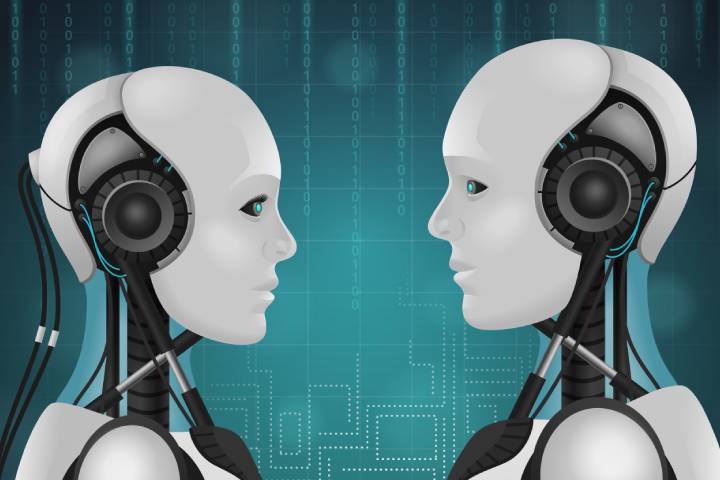Humanoid robots are intelligent machines with a human aspect, and there are more and more projects about: what they are for and how they work.
Some believe that they are just the protagonists of some of the most famous sci-fi films; in reality, the humanoid robots somehow already live among us. And, switched on and functioning, they perform different actions every day, even if they are not trivial. As the name suggests, a humanoid robot means a machine with artificial intelligence that shows similar features to man.
In some cases, even very similar, so much so that we can talk about androids. A branch of robotics, the humanoid one, sets itself the ambitious task of reproducing the physical and cognitive activities of the person as faithfully as possible, even going to improve them where possible.
We are faced with machinery molded in our image and likeness belonging to an increasingly numerous “population,” with all the case’s technical, ethical, and moral implications. And which, in the final analysis, can lead to an end to a wide range of activities instead of humans in a more or less autonomous way. Since this is such a vast and complex field, in this guide, we will try to explain in the simplest possible way what are the differences between the various types of robots, exploring the “nature” and features of anthropomorphic robots, humanoid robots, and androids.
From Anthropomorphic Robot To Humanoid Robot
Before focusing on the real protagonist of our guide – yes, the fascinating and controversial humanoid robot – it is good to clarify the variables that come into play to differentiate the different expressions of robotics. Not surprisingly, starting from anthropomorphic robots. These machines can imitate some of man’s abilities, such as the ability to move or the perception of the spaces that make up and delimit the world around us.
Nowadays, both industrial robotics and humanoid robotics are included in the largest set of anthropomorphic robotics: in the first scenario, we are going to refer to all those robots that imitate human abilities – think for example of the mechanical arms that reproduce movement and capacity of human arms and hands – while in the second case to those who have human features and are made up of head, torso, arms, and legs.
And suppose it is true that humanoid robots have evolved at an impressive rate only in a handful of years, at the moment. In that case, there is a tendency to identify anthropomorphic robotics with industrial robotics, particularly with robotic arms – also known as robotic arms-which are employed within companies to replace or support men throughout the cycle of the production chain. In the name of industrial automation now at levels not even imaginable until a few decades ago.
In the face of such incisive progress, today’s collaborative robots, also known as cobots – from the English collaborative robot – are assuming an increasingly important role in the large family of industrial robotics. In this specific case, they are always industrial robots, but those do not need to be programmed before being inserted into the production cycle. They go to learn in the field using a series of sensors and calculation units. And analysis. Consequently, the robotic arms are equipped to memorize all the movements and operations performed by a human operator, then subsequently replicated to perfection and in significantly reduced times.
In any case, these “creatures” resulting from the research have evident differences with the humanoid robot, which can be defined as an autonomous machine with human features capable of interacting with the surrounding environment. Very often, the term is used as a synonym for android: at the act practical, however, the tendency is to distinguish them using the term humanoid robot for those automata inspired by man, and the term android for those robots that have human features and are at the same time equipped with sophisticated artificial intelligence systems.
As can be understood, an android is, in effect, a humanoid robot equipped with its own AI, which can be more or less advanced. An automaton, in short, is in turn different from those futuristic cyborgs who instead propose an “augmented” human being, that is to say, an improved biological body with various artificial grafts. Ultimately, it is essential to clarify that the term android is used both male and female, even if the corresponding term gynoid has been coined to describe a humanoid robot with female features.
In all cases, this type of machine is made to perceive the external world through sensors and made practically “alive” with artificial intelligence. They also react to external stimuli by means of actuators, that is, the motor muscles that allow them to move just as we do in our daily lives.
Also Read: DJI Air 2s: The New Drone With A 1-Inch Sensor For 5.7K Video








